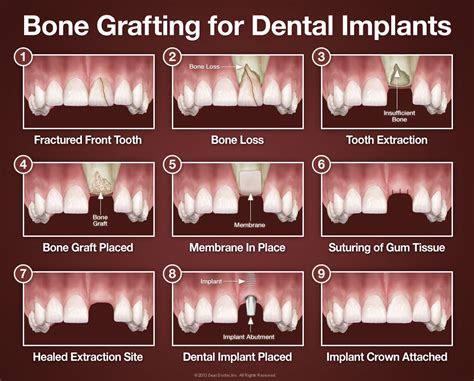Bone Graft Recovery: Your Daily Checklist
Bone grafting is a significant surgical procedure that requires diligent post-operative care for optimal healing. This comprehensive guide provides a daily checklist to help you navigate your recovery journey effectively and safely. Remember, this information is for general guidance only and should not replace the specific instructions provided by your surgeon. Always consult your doctor for personalized advice.
Understanding Your Bone Graft Procedure
Before diving into the daily checklist, it’s crucial to understand the specifics of your bone graft procedure. The type of graft, the location, and any additional procedures performed will influence your recovery timeline and specific needs. Your surgeon will provide detailed instructions, but generally, the recovery process involves managing pain, preventing infection, and promoting proper healing.
Your Daily Bone Graft Recovery Checklist
This checklist is designed to guide you through your daily routine. Remember to adapt it based on your surgeon’s recommendations and your individual progress.
Morning:
- Medication: Take prescribed pain medication and antibiotics as directed by your surgeon. Never adjust the dosage without consulting your doctor.
- Dressing Check: Carefully inspect the surgical site for any signs of infection, such as excessive swelling, redness, increased pain, pus, or foul odor. If you notice any of these, contact your surgeon immediately.
- Gentle Cleansing: Gently clean the surgical site as instructed by your surgeon. This typically involves using a sterile saline solution and a clean gauze pad. Avoid scrubbing or applying pressure.
- Ice Application: Apply ice packs to the surgical site for 15-20 minutes at a time, several times a day, to reduce swelling and pain. Always wrap the ice pack in a thin towel to protect your skin.
Afternoon:
- Medication: Take prescribed medications as scheduled.
- Gentle Movement: Begin gentle range-of-motion exercises as recommended by your physical therapist. Avoid any strenuous activities that could disrupt the healing process.
- Nutrition: Maintain a healthy diet rich in calcium, vitamin D, and protein to support bone healing. Consult your doctor or a registered dietitian for personalized dietary recommendations.
- Elevation: Keep the grafted area elevated whenever possible to minimize swelling.
Evening:
- Medication: Take prescribed medications as scheduled.
- Wound Care: Repeat the evening wound care routine as performed in the morning.
- Rest: Get adequate rest to promote healing. Listen to your body and prioritize sleep.
- Monitoring: Continue monitoring the surgical site for any signs of infection or complications.
What to Expect During Bone Graft Recovery
How long does bone graft recovery take?
Bone graft recovery time varies significantly depending on the size and location of the graft, the type of bone graft used, and the individual's overall health. Recovery can range from several weeks to several months. Your surgeon will provide a more accurate timeline based on your specific situation.
What are the signs of infection after a bone graft?
Signs of infection after a bone graft can include increased pain, swelling, redness, warmth at the surgical site, pus or drainage, fever, and chills. If you experience any of these symptoms, seek immediate medical attention.
How can I manage pain after a bone graft?
Pain management is a crucial aspect of bone graft recovery. Your surgeon will prescribe pain medication to help control discomfort. In addition to medication, you can use ice packs, elevation, and rest to manage pain. Your physical therapist can also guide you on pain-relieving exercises.
What are the possible complications of a bone graft?
Possible complications of a bone graft include infection, delayed healing, graft rejection, nerve damage, and fracture. While these complications are relatively uncommon, it’s essential to be aware of them and report any concerning symptoms to your surgeon immediately.
When can I return to normal activities after a bone graft?
The time it takes to return to normal activities depends on the type of bone graft and your individual healing progress. Your surgeon will advise you on when you can resume work, exercise, and other activities. It's crucial to follow their instructions closely to avoid setbacks.
This daily checklist is intended as a guide. Always follow your surgeon's specific instructions, and don’t hesitate to contact them if you have any questions or concerns. Your proactive involvement is critical to ensuring a successful bone graft recovery. Remember, patience and consistent adherence to your post-operative care plan are key to a positive outcome.

